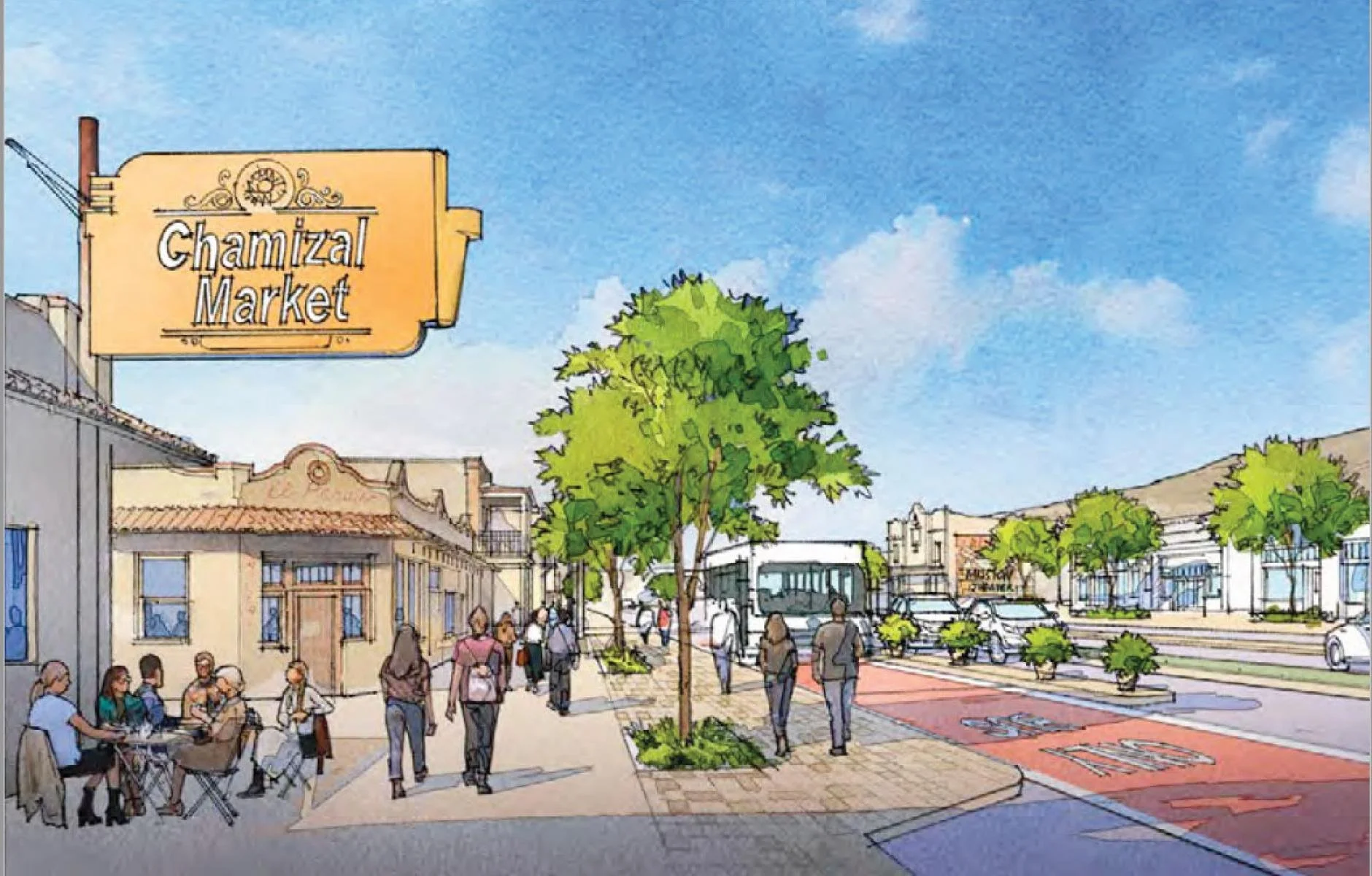Taking Back City Streets
This article was originally published on Southern Urbanism Quarterly. It is shared here with permission. All images for this piece were provided by the author.
(Source: Unsplash/Clay Banks.)
In 2002, Hillsborough Street in Raleigh, North Carolina, was one to be avoided. Clocking in at a pedestrian and motorist crash rate four times the average of the state of North Carolina, Hillsborough Street was a four-lane thoroughfare, used to carry drivers to and from the city’s downtown. The roadway repelled potential customers from the local businesses.
Today, the road has slimmed down from four lanes to two, separated by a generous brick median. The sidewalks have been extended, lights have been added, and crosswalks have been repaved. The consequences have been tangible in the community: a 23% reduction in crashes and a new emphasis on revitalizing the street.
In nearby Chapel Hill, Franklin Street has undergone a transformation, too—with a newly installed protected bike lane and street parking that makes walking to local restaurants a safer, more pleasant experience.
Franklin Street in 2021…
…versus Franklin Street in 2015:
It wasn’t easy. Hillsborough and Franklin are two of many streets in the state that are owned by the North Carolina Department of Transportation (NCDOT), not by the town of Chapel Hill or the city of Raleigh. State DOTs have their own sets of codes, regulations, and standards that are often plopped onto roads regardless of surrounding infrastructure or land use. This means that when local advocates or politicians want to create a street that works for area citizens, they must wrestle with barriers and roadblocks from state-level bureaucrats.
“The biggest issue with having NCDOT-owned streets in urban areas is that there is a strong disconnect between the goals of NCDOT and the goals of a city like Durham for the transportation system. NCDOT's goal is to move cars and trucks as fast as possible with as little delay as possible,” says Erik Landfried, advocate for safer streets with Bike Durham, a local pedestrian and bicyclist advocacy organization. That means that the priorities for a city like Durham, or Raleigh, or Chapel Hill—like equity, walkability, and safety—become “subservient to the goal on State-maintained roads of making sure drivers don't have to use the brake pedal much.”
Of the top five states with the highest percentage of road mileage owned by the state, three are in the South. They are Virginia, North Carolina, and South Carolina, with 78%, 75%, and 63% state ownership, respectively. In terms of total mileage, Texas comes out on top, owning 80,000 miles of road. When municipalities have to fight state DOTs, it becomes much more difficult to implement infrastructure that is tailored to making streets safer for the people who use them.
Cities need to start pushing back. One of the main challenges of taking ownership of state roadways is cost. By taking ownership of streets, municipalities would also assume the full financial burden of repaving and maintaining these roads. But there are cases of success. For example, Lehi, Utah, successfully negotiated ownership of their Main Street from the Utah Department of Transportation, along with a $5.7-million package for reconstructing the street to meet walkability goals. Since then, the city’s Main Street has come alive with businesses and people and is a celebrated local treasure.
Strategically investing in buying back streets that have the potential to become great spaces is not only good for the community, the businesses and developments in these areas also add to a city's tax base and economic development goals. “The benefits of having these streets become city-maintained are clear,” says Landfried. “It allows cities to have full control over their street network to meet the lofty goals it has set for transportation around equity, accessibility, sustainability, and health.”
These tough conversations need to be had: Cities must start negotiating with states on how to buy back their streets. Without city ownership, bike lanes, wider sidewalks, and slower streets may continue to be a pipe dream bogged down by state bureaucracies, and our commercial and small businesses will continue to suffer.
Zoe Tishaev is the Duke Initiative for Urban Studies Fellow on Transportation Alternatives and University Development.






Given all that trees do, cities should be enthusiastically planting tons of them, everywhere they possibly can. And yet, most places aren’t. What gives?